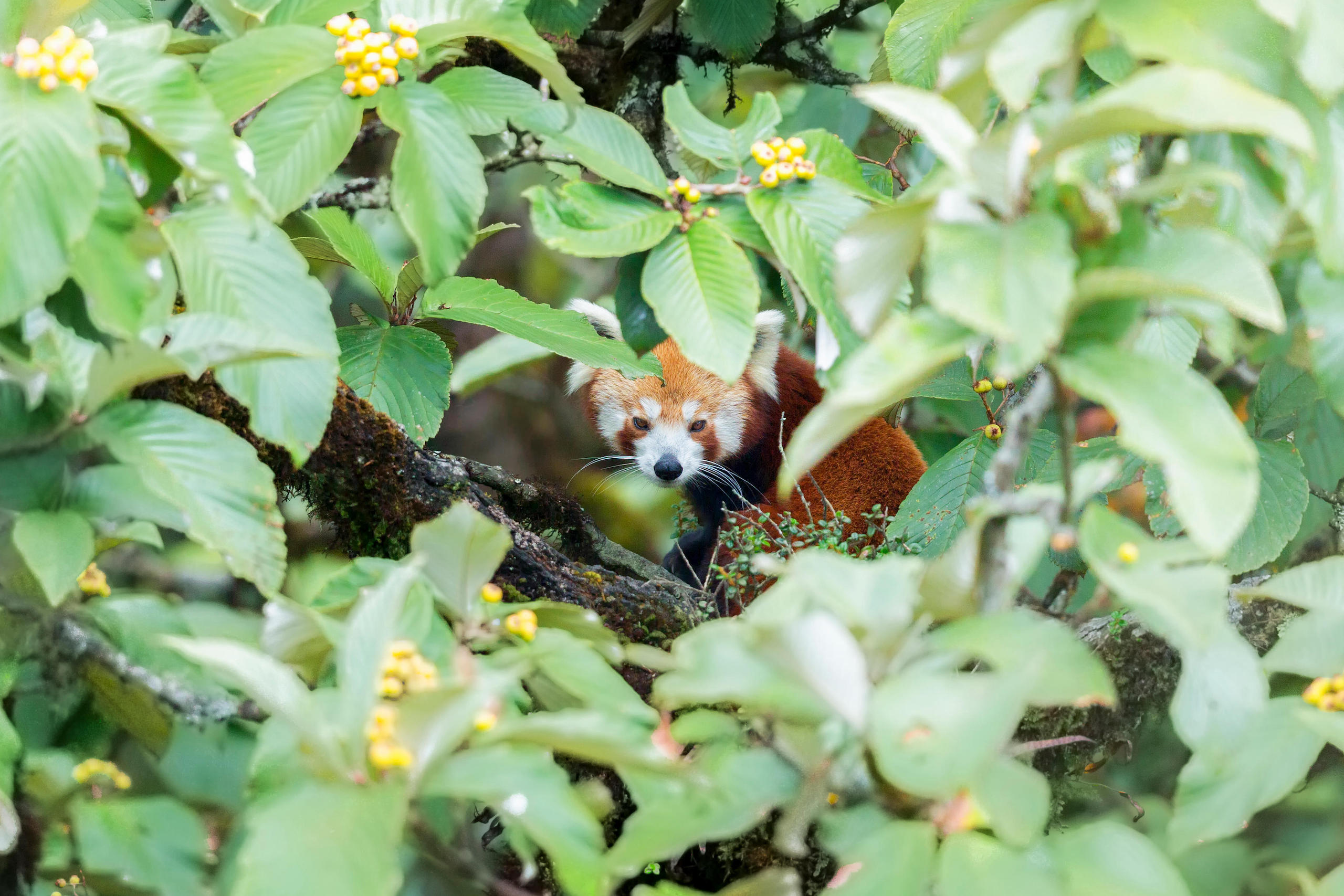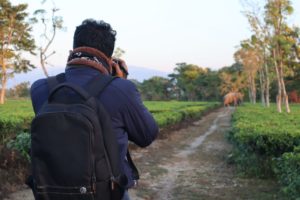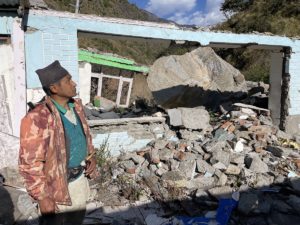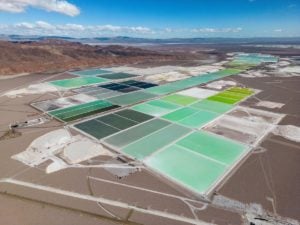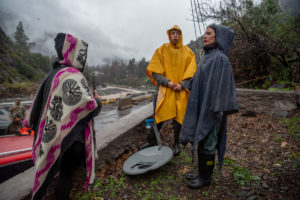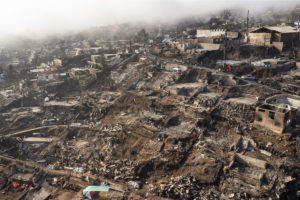On January 4, 2024, the Nepal government approved a change to the law to allow the construction of large infrastructure projects – like hydropower dams, hotels, and tourist resorts – inside national parks and protected areas.
The amendment, titled “construction of physical infrastructure inside protected areas”, was initiated by Nepal’s Department of National Parks and Wildlife Conservation (DNPWC). The change is part of a comprehensive reshaping of Nepal’s wildlife legislation, says Ajay Karki, the department’s deputy director-general.
The goal is to consolidate Nepal’s 12 regulations under the 1974 National Parks and Wildlife Conservation Act into one “umbrella regulation”, says Karki. “There are many repetitions [in the current set of regulations] and some points are either contradictory or missing.”
Consolidation of wildlife legislation, or divergence?
Karki adds that at present, Nepal lacks mechanisms to coordinate between federal, provincial and local governments in the field of wildlife conservation and protected area management. One of the areas where there had been lack of clarity was around construction of hydropower projects in Nepal’s national parks.
In the absence of explicit policy, some projects have been built on an ad-hoc basis, explains Karki. According to internal data from the DNPWC shared with The Third Pole, at least 298 hydro projects have received permits to conduct feasibility and environmental assessments in protected areas since 2009.
If projects are built in sensitive areas, there will be no value of a national parkPramod Bhattarai, Langtang National Park former chief warden
At least eight hydro projects are under construction within Langtang National Park alone, says Pramod Bhattarai, former chief warden of the park. He says they have a significant impact on wildlife. Many wild animals used to roam freely in the area around the park office, but these have now disappeared due to construction activities.
While environment impact assessments assure strong mitigation plans on paper, in practice the implementation of these plans is quite poor, says Bhattarai. “If the projects are built in sensitive areas, there will be no value of a national park.”
Since 2009, the government had been issuing licenses for hydro projects and transmission line through its Working Policy on Construction and Operation of Physical Infrastructure inside the Protected Areas. According to a study published in Environmental Challenges in 2022, more than half of the biodiverse areas in Nepal are affected by hydropower projects. Approximately 40% of existing and under construction projects and 48% of proposed projects are located in these areas, which is higher than in the Amazon region.
“We want to discourage building hydropower projects inside protected areas,” says Karki. “But – if required – permits can be given to at least one project in one area. In exceptional circumstances, more than one can be built based on ecological sensitivity.”
Opening up tourism in national parks
The second biggest impact of the new amendment would be to re-open national parks to tourism activities At least six hotels used to operate inside Chitwan National Park – Nepal’s first national park and a UNESCO World Heritage site – until 2012, when the government shut them down, citing environmental damage.
Keshav Pandey, a senior tourism entrepreneur from Sauraha, in Chitwan district, is worried that this will lead to a repeat of past bad practices, “There was no strict regulation [earlier, and] the hotels used to encroach territories and exploit the area as their own private property. There were examples when they used to employ 100 staff in the name of as little as 20 or so, and enjoyed maximum facilities with minimum tax,” he says. “With the frequent movement of vehicles and human traffic (even during the night), conservation was totally disturbed. There was misuse of authority and policy corruption. The new regulation could lead to the same situation in lack of strict monitoring.”
Suman Ghimire, former president of the Regional Hotel Association of Nepal (Chitwan), though, says re-opening hotels could attract high-end tourists and help Nepal become a premium safari destination. “Many African countries have benefitted by similar infrastructures like hotels, pod ways and flyovers in conservation areas. If luxury hotels are operated under law and order and [they] generate tax and other revenues to the government, then there is no problem,” he says.
New amendment faces pushback
In response to the new amendment, Greenhood Nepal, an organisation working on conservation, submitted a six-point objection to the Ministry of Forest and Environment. Its director, Kumar Paudel, tells The Third Pole that the policy “will not only affect hundreds of the world’s threatened wildlife species and their habitat, but also question Nepal’s own sustainable development goals and conservation commitments.”
“There is a major question of who will get more benefits: state and community or the private sector?” says Bharati Pathak, former chair of the Federation of Community Forest User Groups Nepal and a member of Parliament in the Bagmati Province. “Rather than focusing on hydropower, resorts and cable cars, attention should be given on expectations of locals and indigenous communities, livelihoods, human-wildlife conflict, and public access of resources,” she says.
Sarita Gyawali, former program director at the Nepali NGO National Trust for Nature Conservation, tells The Third Pole, “We are proud to have achieved so much in biodiversity conservation [and almost 45% of forest coverage], but we should keep in mind that this needs to be handed over to the next generation.” She is apprehensive the new amendment might erode these gains.
Karki defends the decision, though, saying, “We know that the protected areas shouldn’t have external interventions. But since we are a developing country, we need to have some flexibility in terms of infrastructure building and tourism.”
There are even objections from the hydropower sector. Uttam Bhlon, vice president of the Independent Power Producers’ Association, Nepal (IPPAN), tells The Third Pole that the new regulation encourages the private sector to develop more hydropower. However, he argues that the regulation should be amended further, since it states that 25 trees must be planted to offset the cutting of one. Bhlon says this is impractical, and only two should be planted.
